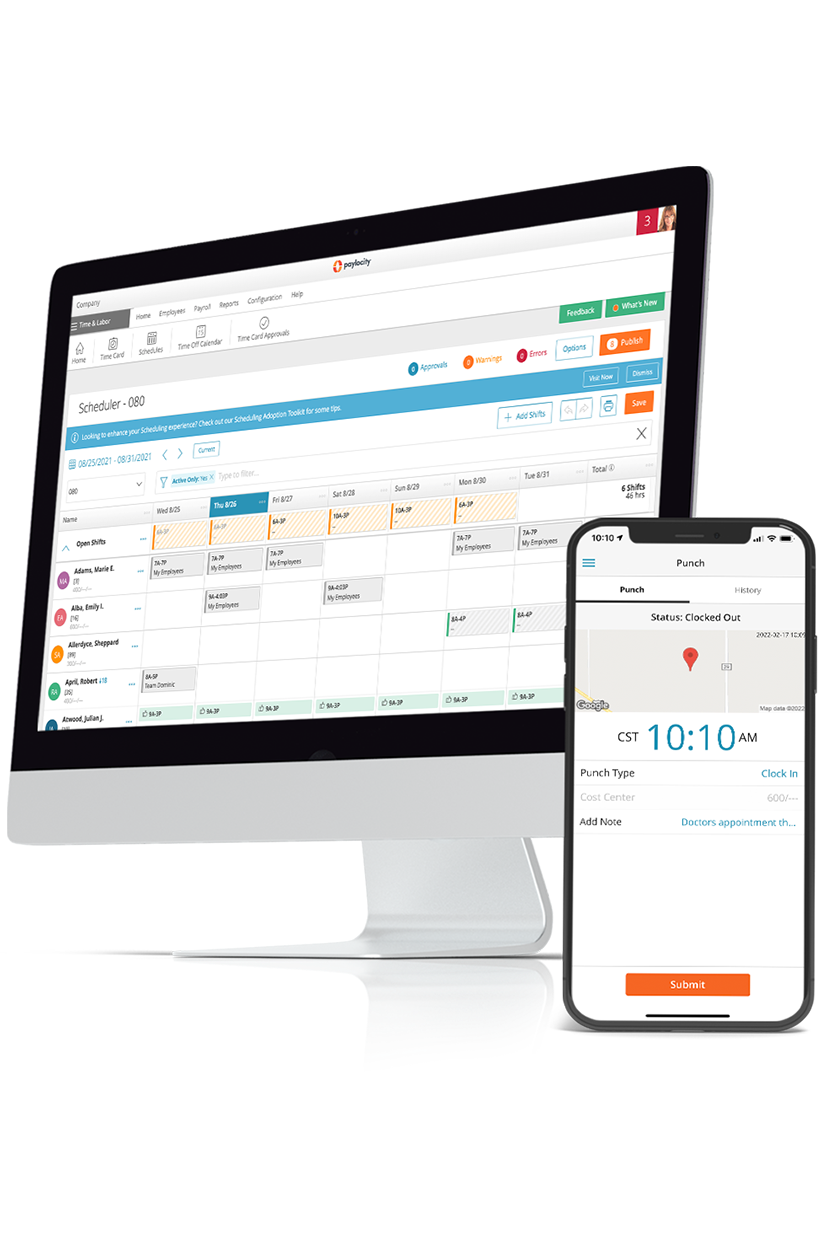Job Costing
Summary Definition: The process of calculating the cost of producing a specific product or service.
What is Job Costing?
Job costing is an accounting term used to describe how to determine the cost of producing a specific product or service. This includes direct costs, such as labor and materials, as well as indirect costs, such as overhead expenses.
By tracking all the costs associated with a specific job in one place, businesses can analyze the data to set prices, identify areas where costs can be reduced, and make informed business decisions. Job costing is used in a variety of industries and is essential for businesses that want to remain competitive and profitable.
Key Takeaways
- Job costing is calculating how much it costs a business to produce a product or service.
- It includes several types of costs, such as overhead, labor, and materials.
- It's used to help set prices, make informed decisions, etc.
Importance of Job Costing
Job costing is an essential tool for businesses — particularly those in manufacturing and construction — to accurately track and analyze costs associated with the production of individual products or services.
One of the primary benefits of job costing is that it allows businesses to set prices that ensure profitability based on the cost of production. For example, a construction company can use job costing to determine the cost of building a custom home and then set a price for the home that includes a profit margin.
Job costing can also identify areas where costs can be reduced without sacrificing quality. For example, a manufacturing company may discover they can reduce the cost of producing a specific product by using a different type of material or by streamlining their production process.
Job Costing Process
Job costing begins by identifying a specific job or project and creating a separate account for it. All costs associated with that job or project are recorded in that account, allowing for a detailed analysis of the costs associated with it.
To accurately track costs, businesses may use specialized software that records expenses as they occur, including time tracking for labor costs, inventory tracking for materials, and expense tracking for overhead expenses.
After all expenses have been recorded, businesses can analyze the data to determine the cost of producing the specific product or service. This information can then be used to set prices, identify areas where costs can be reduced, and make informed business decisions.
Job Costing Challenges
While job costing can be a valuable tool for businesses, it does have some challenges that can make it difficult to implement and use effectively.
- Complexity: One of the primary challenges of job costing is the complexity of the process. It requires careful tracking and recording of all expenses associated with a specific job or project. This can be very time-consuming, particularly for larger businesses or those with multiple projects running simultaneously.
- Accurate and Timely Data: Another challenge is job costing requires accurate and timely data. If data is entered incorrectly or expenses are not recorded in a timely manner, the resulting analysis may be inaccurate.
- Accounting Expertise: Additionally, job costing requires a certain level of expertise in accounting and cost analysis. Businesses that do not have the necessary expertise may find it challenging to implement job costing effectively.
- Expense: Finally, job costing can be costly to implement. It requires specialized software and trained staff to track and analyze data effectively. For smaller businesses or those with limited resources, that cost may outweigh the benefits of job costing analysis.

Maximize Productivity the Right Way
Get out of time-consuming processes while knowing your employees are set up for day-to-day success. The costs - and headaches - of manually scheduling, tracking, and managing your workforce's time adds up fast. Use the right tools to automate where it matters, while delivering a modern, user-friendly experience for employees and their managers.